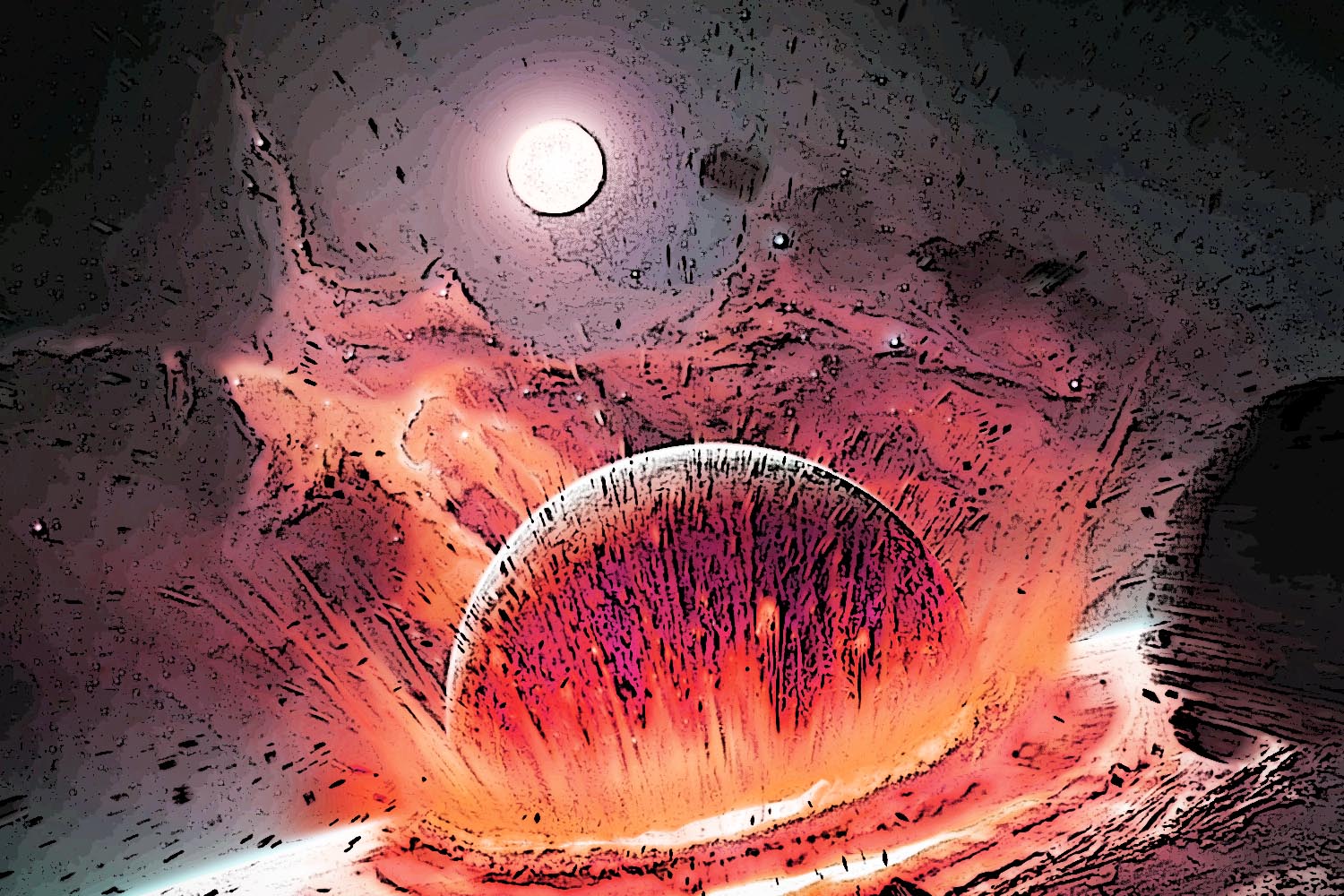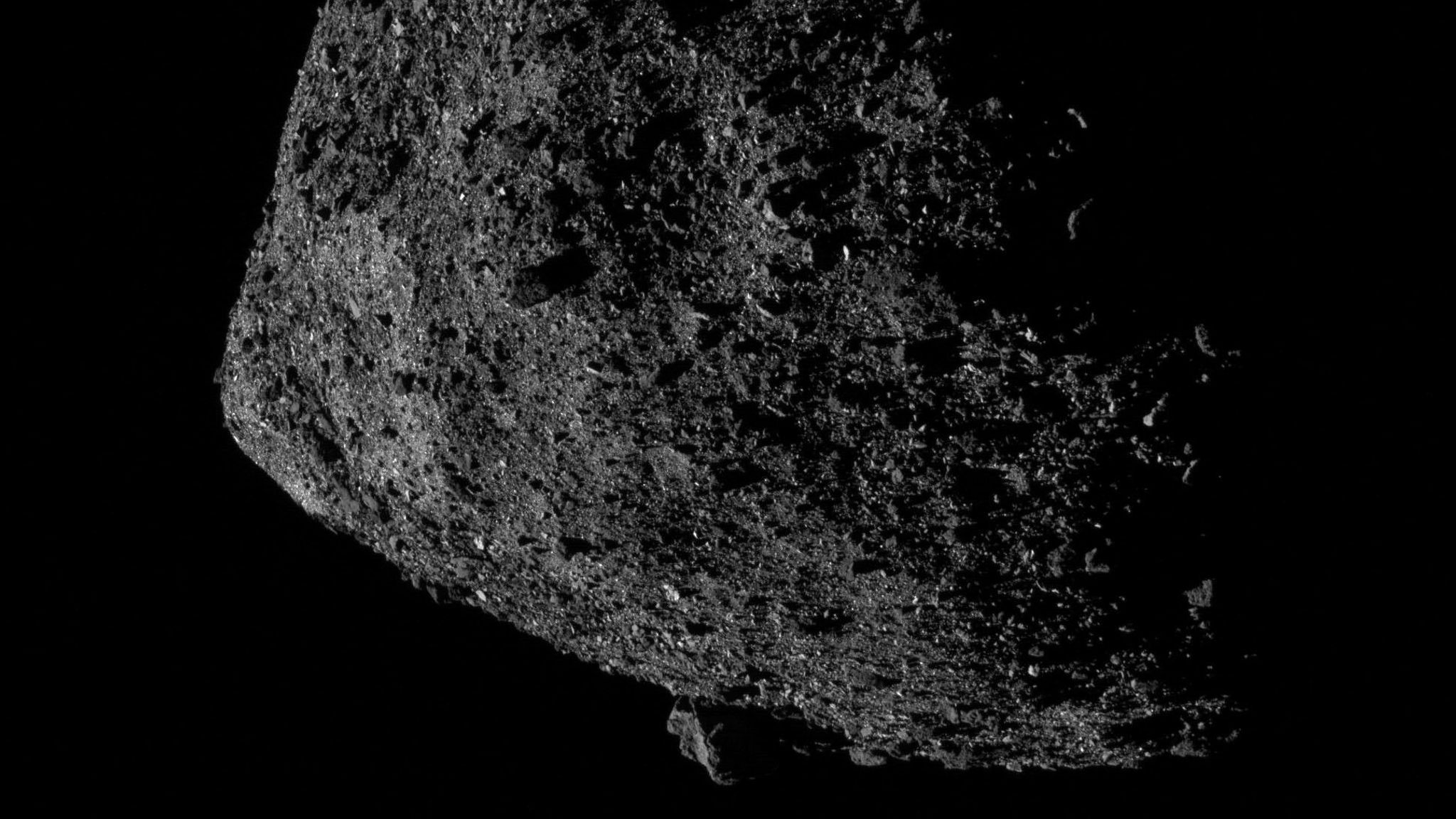
If you stood at Bennu's North Pole and jumped, you would achieve escape velocity and go soaring off into the void. In the coming weeks and months, his team aims to get detailed measurements of the asteroid's shape, density and gravity that will allow scientists to fine-tune how they orbit it.īennu is so small (about 0.05 percent of the mass of Mount Everest) that its gravity is nearly negligible.

To their delight, newly acquired close-ups of the asteroid closely match their predictions.īut there's still a lot to learn about the object, said University of Arizona Planetary Scientist Bashar Rizk, who oversees three of OSIRIS-REx's cameras.

And since Bennu has a 1-in-2,700 chance of impacting Earth about 200 years from now, researchers figure it would be good to glean some insights about the asteroid's fate - and how it might intersect with our own.īennu is so small, dark and distant (about 75 million miles from Earth at the moment) that scientists could only theorize about what it might look like when they launched OSIRIS-REx two years ago. They may also uncover potentially useful natural resources such as organic molecules and precious metals. Studying the sample in terrestrial labs, scientists hope to uncover clues about the birth of the planets and the origins of Earth's water and life. It will be the largest planetary sample retrieved since the Apollo era, when astronauts brought rocks back from the moon. In a kiss-like maneuver, the spacecraft's robotic arm will collect some material from Bennu's surface, then sling the sample back toward Earth.

OSIRIS-REx will spend the next 18 months there, surveying the landscape and probing Bennu's chemical makeup before finally selecting what piece of the asteroid it wants to bring back home. OSIRIS-REx was finally at the doorstep of its new home.īennu is a carbonaceous asteroid - a primitive, carbon-rich piece of debris left over from the process that formed the solar system 4.6 billion years ago. Soon an image of the asteroid appeared on the mission control screens: a diamond-shaped body with a rough, speckled exterior. OSIRIS-REx was within 12 miles of Bennu's surface - about the distance between the White House and NASA's Goddard Space Flight Center, which manages the spacecraft. Then Cerna grinned and spread his arms out wide. "Standby for Bennu arrival," Cerna announced. Goldstone also collaborated with the 100-meter (330-foot) Green Bank Telescope in West Virginia to enable imaging of Apophis.Sitting at mission control at the Denver offices of Lockheed Martin, which operates the spacecraft for NASA, engineer Javi Cerna waited for the signal indicating OSIRIS-REx had begun the burn needed to bring it close to its target. The data for the study was gathered from the 70-meter (230-foot) radio antenna at the Deep Space Network’s Goldstone Deep Space Communications Complex near Barstow, California. With the recent findings, the Risk Table no longer includes Apophis. This greatly improved knowledge of its position in 2029 provides more certainty of its future motion, so we can now remove Apophis from the risk list.”įor this study, Farnocchia referred Sentry Impact Risk Table that continually scans the most current asteroid catalog for possibilities of future impact with Earth. With the support of recent optical observations and additional radar observations, the uncertainty in Apophis’ orbit has collapsed from hundreds of kilometers to just a handful of kilometers when projected to 2029. When astronomers refined the estimate of its orbit around the Sun with extreme precision, the results confidently ruled out any impact risk in 2068 and long after.ĭavide Farnocchia of NASA’s Center for Near-Earth Object Studies (CNEOS), which is managed by NASA’s Jet Propulsion Laboratory in Southern California, said, “A 2068 impact is not in the realm of possibility anymore, and our calculations don’t show any impact risk for at least the next 100 years. The asteroid was 10.6 million miles (17 million kilometers) away, and each pixel has a resolution of 127 feet (38.75 meters).Ĭredits: NASA/JPL-Caltech and NSF/AUI/GBO

These images of asteroid Apophis were recorded by radio antennas at the Deep Space Network’s Goldstone complex in California and the Green Bank Telescope in West Virginia.


 0 kommentar(er)
0 kommentar(er)
